In the first week of April, NATO minehunters searched a 20-nautical-mile area off Iceland’s coast for unexploded ordnance.
The five ships of Standing NATO Mine Countermeasures Group One (SNMCMG1) possess specialised equipment and personnel to carry out this crucial operation.
Icelandic waters contain a significant number of sea mines and other ordnance remnants from two world wars, posing risks to the environment and civilian shipping. The Historical Ordnance Disposal Operation (HODOPS), conducted between March 31 and April 5, aimed to reduce the dangers associated with sea mines for maritime communities and other traffic in Icelandic territorial waters.
The operation, say NATO, also offered valuable training in mine countermeasures for SNMCMG1 participating units and facilitated seabed mapping in preparation for future operations.
To locate the ordnance, the ships rely on a combination of historical documents, images, and advanced tools to search the seabed. Royal Norwegian Navy Commander s.g. Ole Torstein Sjo, SNMCMG1 Commander, explained that these resources help identify objects resembling sea mines and grenades. Suspected explosive objects are further investigated and identified using remotely operated vehicles or mine clearance divers.
SNMCMG1 currently comprises mine clearance divers from the Belgian, Estonian, German, Dutch, and Latvian navies, who have collectively logged 27 hours of dive time during these operations.
You can read more here.


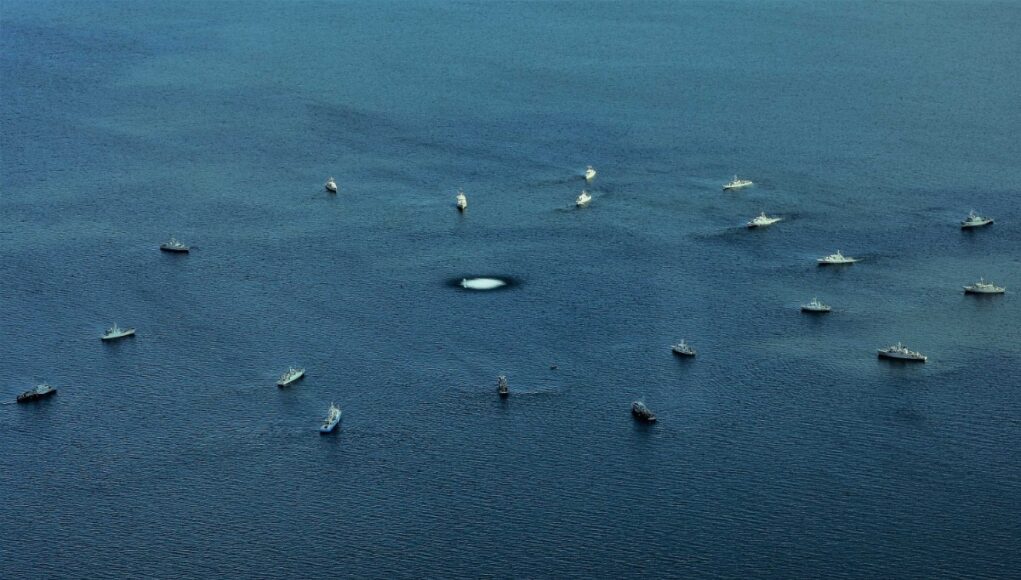

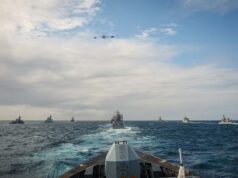


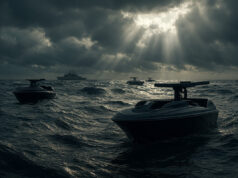
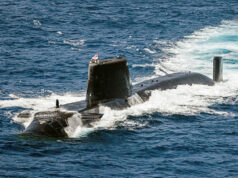

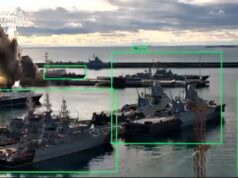
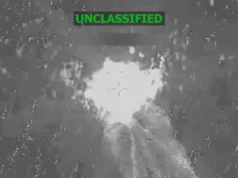


Hi folks hope all is well.
Surprised that RN is not involved considering the assets and experience we have.
I thought the UK is a world leader in this area of specialism?
Cheers,
George
Happy Easter George.
The Standing NATO Mine Countermeasures Group One is a NATO force, with ships from different nations rotated through it. So RN ships have been in it in the past and in future, just not currently. It’s good that our NATO allies are polishing their skills in this area rather than simply relying on the RN.
It would be interesting to see the RN’s new autonomous mine hunting systems used for this as a ‘live test’.
Where or how are you under the impression NATO allies rely on the RN in this matter?
I never said nor implied that.
Try reading and comprehending before lunging for the “submit comment” button.
‘It’s good that our NATO allies are polishing their skills in this area rather than simply relying on the RN.’ In your own words..?
I’m guessing English isn’t your first language. It neither says nor implies that our allies rely on the RN, in fact it says the complete opposite.
Right,
So by your logic’s saying something means the complete opposite. I rest my case.
I see, so it’s no language issues, dementia?
My logic is, saying something is the case, and that being the case.
Simple concept to grasp, really 🤷🏻♂️🤦🏻♂️
I see.
Whenever a mildly critical question is asked, just question one’s abilities. Says a lot.
Ask a stupid question, get called “stupid”.
Easy concept.
Plain and simple.
Just like you.
Yet more stupidity, but with a touch of childishness this time.
No need to get friendly here Sean.
Just be your usual self. Talking of which; you sound a bit young yourself. Just let it go and politely answer the question the next time.
I only get friendly here with adults who bother to read, and comprehend, comments before feeling the urge to dash off a response.
And yet
You can’t answer a simple question.
Simply calling anyone who dares to question your statements a stupid person, a child and so on. What do think that makes you look like?
Astute.
Nighty-night.
The future is upon us George, Happy Easter!
LINK
“Made possible under the joint Maritime Mine Counter Measures (MMCM) programme between the UK and France, the system, produced by Thales UK, has commenced rigorous capability development trials with the Royal Navy.”
https://assets.publishing.service.gov.uk/government/uploads/system/uploads/image_data/file/137525/s960_190830_Roster_P01182.jpg
French Navy
https://defbrief.com/wp-content/uploads/2022/05/French-Navy-receives-newest-component-of-its-MMCM-mine-warfare-toolkit.jpg
That pic is a huge fleet of MCM vessels. Is that a real pic or something from models on a boating lake?
It’s a real picture taken in the Baltic in 2021, Here’s the source but the website isn’t loading for me atm https://shape.nato.int/news-archive/2021/nato-forces-clear-mines-from-the-baltic-in-open-spirit-operation
Homer Simpson is in the middle in the USS Jedediah “It’s my first day”
NATO minehunters of Standing NATO Mine Countermeasures Group One have conducted a crucial operation to search for unexploded ordnance in Icelandic waters. The mission aimed to reduce the risk of sea mines to maritime communities and other traffic in Icelandic territorial waters, and also provided valuable training in mine countermeasures for participating units. The operation highlights the ongoing efforts to clear the sea of ordnance remnants from two world wars and underscores the importance of maintaining maritime safety in the region.
Best regards,
all about Ship